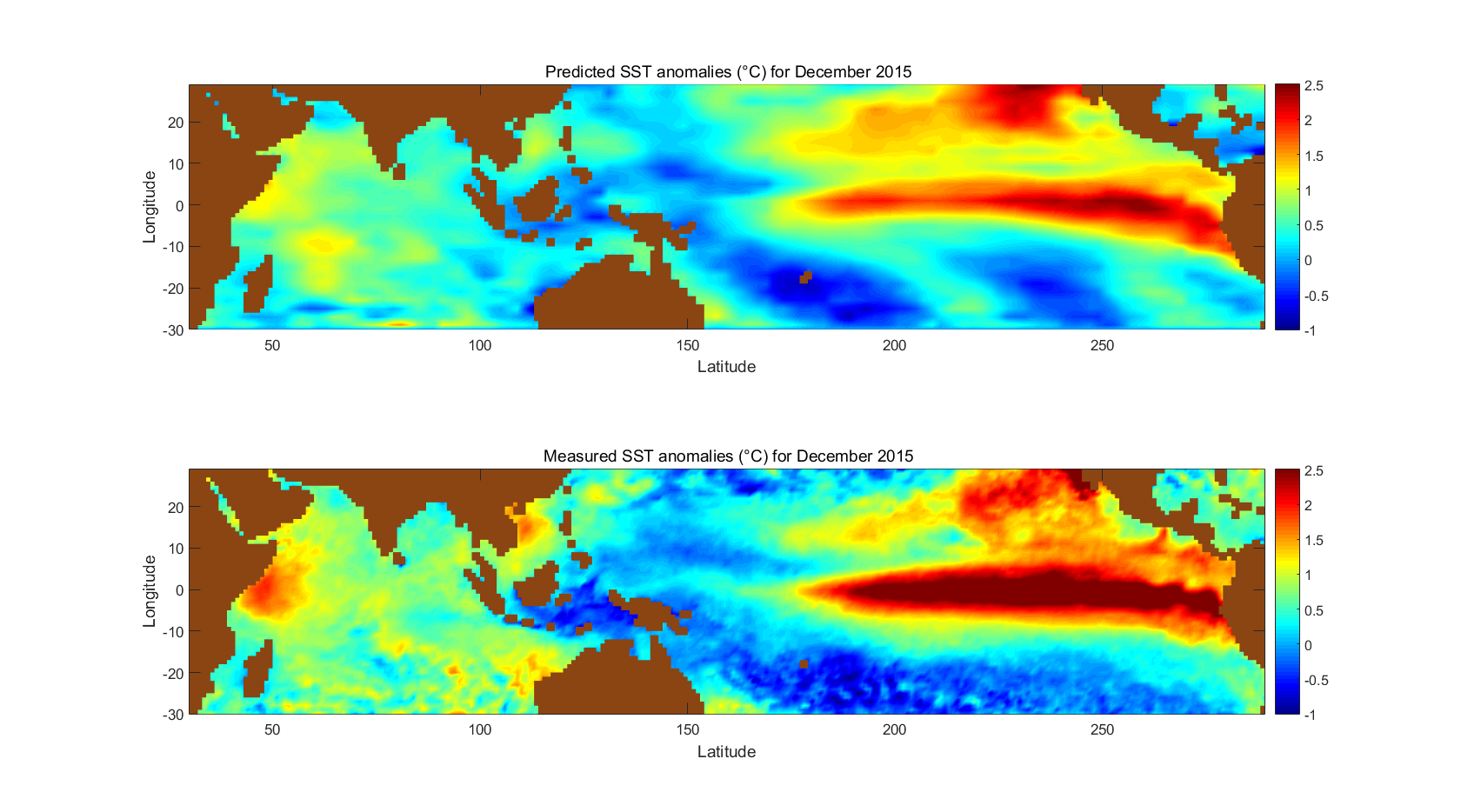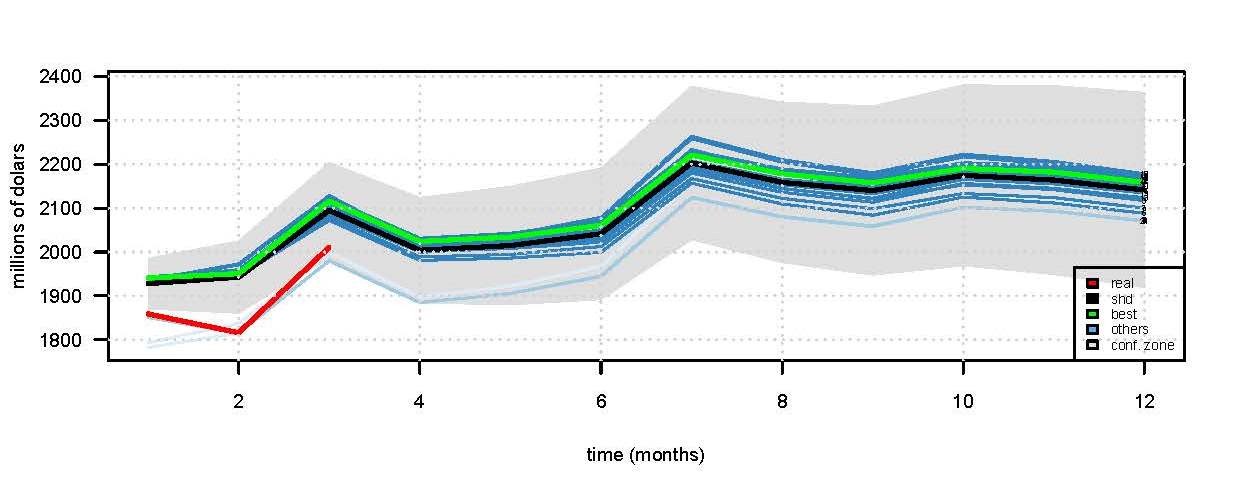
Large-scale Lyapunov differential equations (LDEs) arise in many fields like: model reduction, damping optimization, optimal control, numerical solution of stochastic partial differential equations (SPDEs), etc. In particular, LDEs are the key ingredient to perform a simulation of systems governed by certain SPDEs. For example, El Niño–Southern Oscillation or El Niño is modeled by this type of equations. After discretizing the LDE, a (algebraic) Lyapunov equation (LE) with special structure has to be solved in every step. If the structure of the matrix coefficients is not exploited, then it is not possible to solve LDEs of high dimension arising in applications due to memory requirements and computational power. Although, many methods for solving large-scale LE have been proposed in recent years, there has been no attempt in the literature for solving the differential case. In this project we develop new integrators for solving efficiently large-scale LDEs. We will follow three approaches: low-rank approximations, exponential integrators and splitting methods. We will investigate error estimates and step size and order control strategies for each integrator.
Continue Reading

Many phenomena occurring in real-life applications, e.g., in physics, finance, biology, biomechanics, are modeled by means of ordinary (ODEs) or partial (PDE) differential equations. The understanding of these differential equations is closely connected to the understanding of their physical meaning and the qualitative and quantitative behavior of their solutions. However, only the simplest ordinary and partial differential equations have closed form solutions, i.e., solutions, which can be expressed in terms of fundamental functions. Therefore, a numerical approximation is in most cases the only way to �nd the solution. Due to the complexity of models or the accuracy needed, efficient algorithms have to be developed for numerical simulation. Moreover, the optimal control problem is even more computationally demanding. Thus, modern tools from numerical mathematics and scientific computing, along with careful investigation and exploitation of the problem structure, are required. In this project we deal with two real-life applications and develop the mathematical framework needed to efficiently simulate and solve the related control problem numerically, i.e., modeling, numerical analysis, implementation, etc. We focus on Musculoskeletal Modeling and Simulation in climbing and Crime Modeling.
Continue Reading

In this project automated fuzzy regression methods, fuzzy clustering methods and forecasting methods are plied to econometric models and financial time series. Particularly, methos like: Bacht Least Squares, Recursive Bacth Least Squares, Modified Learning from Example and Combined Recursive Bacth Least Squares are considered for modeling Economy data which are usually model by tradional regression. Moreover, a fuzzy hybrid system for forecasting financial time series is investigated. The system is based on the automatic adjustment method auto.arima included in the forecast package for R. The system allows the inclusion of expert-criteria, i.e, the user can set up restrictions on the clustering based on a priori knowledge of the time series. This approach can be applied to any time series meeting the requirements of Seasonal Autoregressive Integrated Moving Average (SARIMA) models. .
Continue Reading






